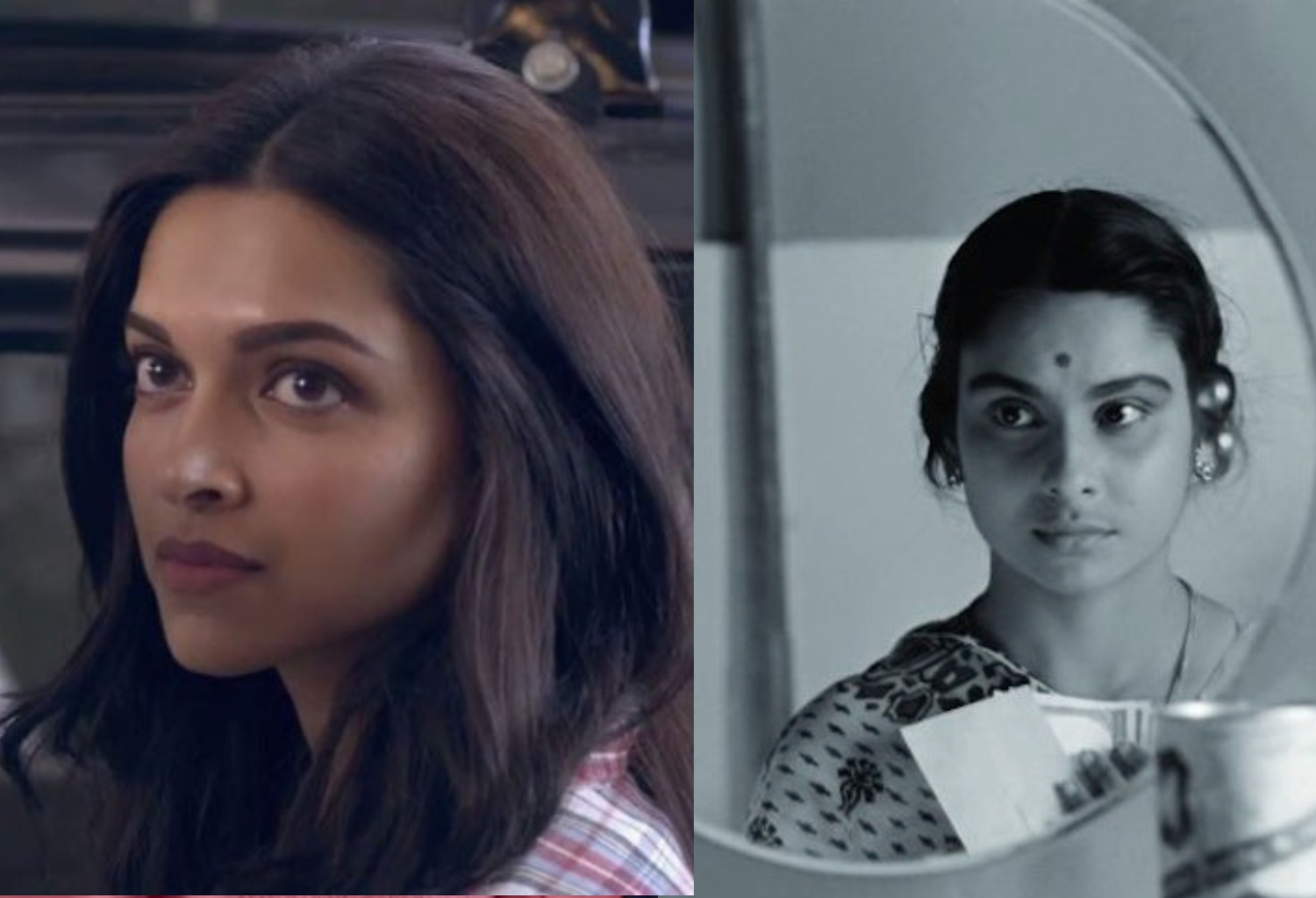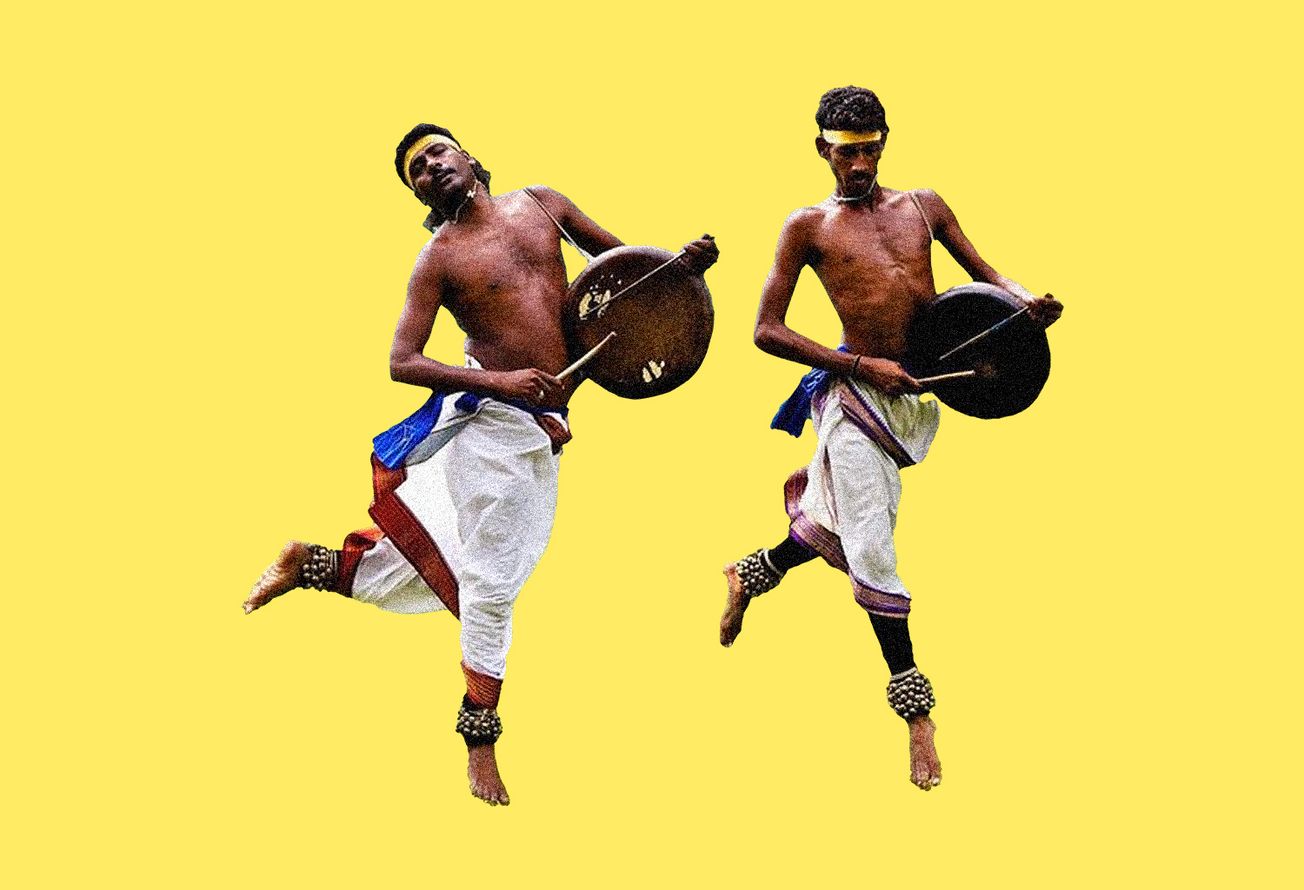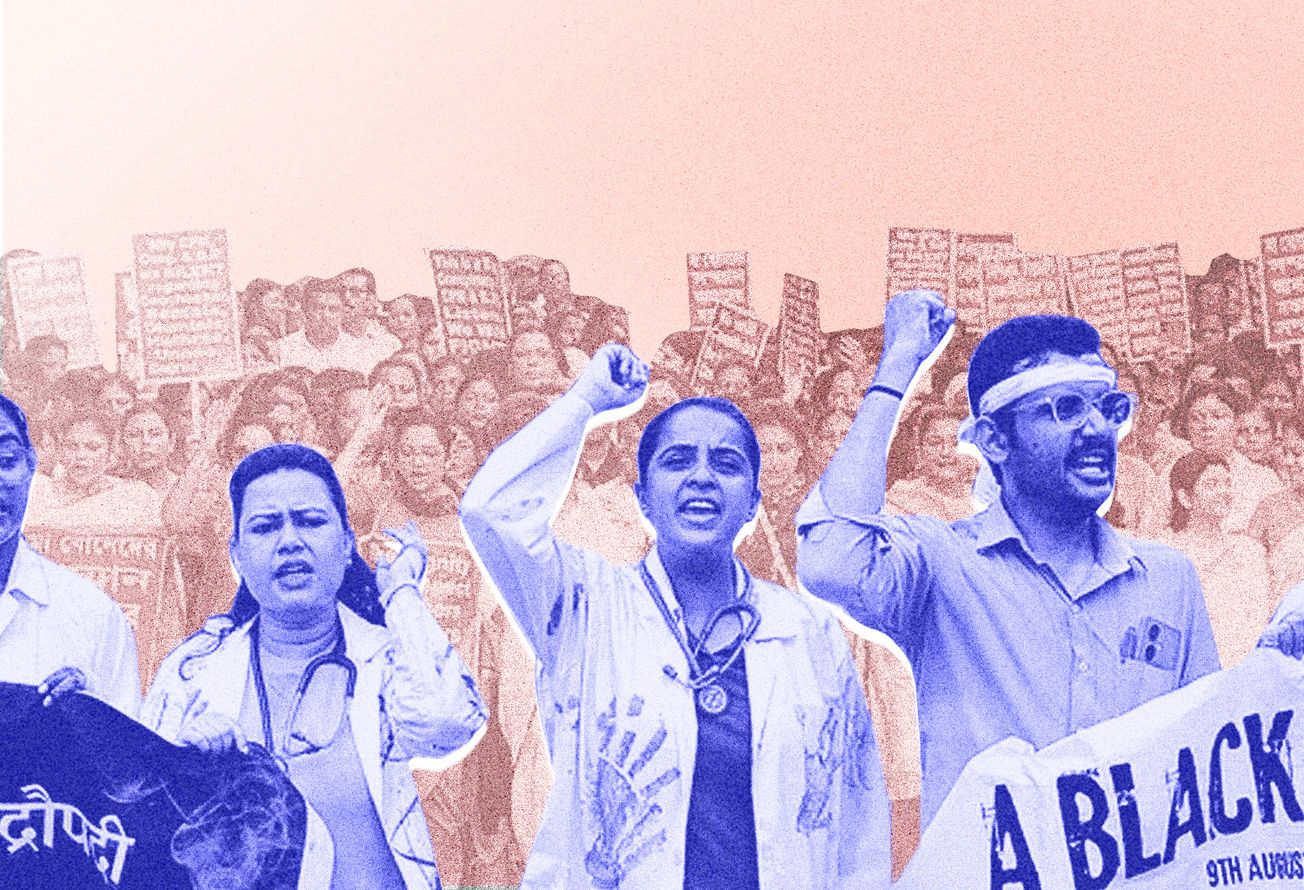Author: Ankita Apurva
With the arrival of British colonialism in India, Calcutta became the colonial capital, and the imperial policy culminated in creating an "acculturated civil-service class." However, instead of annihilating the caste system–the birth-based social gradation of individuals in India–colonialism only entrenched it further. The urge of upper-caste Bengalis to rise the social ladder created a class of elite social distinction regionally referred to as the "bhadralok"—literally translating to "gentlemen". This class of people, even after having received a “secular” English education, continued to gatekeep progress and development to themselves, not letting it percolate down to the marginalised communities.
Today, several centuries later, they are still doing the same. A man from the minority and marginalised communities (comprising of Scheduled Castes, Other Backward Classes and Scheduled Tribes) may overcome various systemic hurdles to attain education and social status, but he is rarely welcomed into this elite class of Bhadraloks. The situation is worse for women and people of other marginalised genders. Within these bhadralok communities, patriarchy continues to control women. But even when a small number of women achieve emancipation, it remains limited to the exclusive echelons of upper-caste society.
The bhadralok also rejoices in regional pride just as much as it does in its caste pride. It denigrates those from lower-income states such as Bihar, especially Jharkhand—a mineral-rich but exploited state ranked among the lowest in the social indices released by the Government of India.
Given their unparalleled access to socio-economic means, bhadralok artists and thinkers from Bengal have for decades, if not centuries, been the forerunners of South Asian artistic and intellectual discourse both on paper and on screen. The Mumbai-based Hindi film industry has always framed Bengali bhadralok in a positive manner, if with a hint of ironic regional stereotyping.
Bengali films produced in Kolkata, such as Satyajit Ray’s Mahanagar (1963) and Ghare Baire (1984), and Hindi films portraying Bengalis produced in Mumbai, such as Wake Up Sid (2009), Lootera (2013), and Piku (2015), participate equally in the project of showcasing Bengali bhadralok as the lesser evil among the upper castes spread across India. This caste-insensitive discourse has been so successful that blatant acts of discrimination shown towards marginalised characters have been traditionally ignored by critics and audiences. Talking about one of his masterpieces, Ray had said, "The Music Room itself is a film that shows a sympathetic attitude even to Indian noblemen, who were useless people, really." But a genuinely sympathetic attitude towards the working-class man is less common to come across.
As a woman from an extremely backward farming caste of Jharkhand who grew up without class privileges, I encounter the caste insensitivity of the Bengali bhadralok discourse first-hand on a daily basis. The state of Jharkhand is constantly exploited for its resources by the neighbouring states, but interestingly enough, it fails to even show up in the cultural consciousness of the non-Jharkhandis in India. During the colonial period, Jharkhand was a part of the Bengal Presidency, leading to a large number of bhadraloks from Bengal relocating to this region both for administrative jobs and the pleasant weather. Besides indiscriminately squandering the region’s abundant natural resources, these new arrivals also sidelined the local Jharkhandi population. This culminated in ensuring zero representation of Jharkhandi culture in our own local institutions, just as they have erased us from the national cinema screen.
Historically, individuals from nearby states have exploited Jharkhand. While the Britishers colonised and acculturated the Bengali bhadralok, the bhadraloks in Jharkhand continue to exploit and gatekeep education and opportunities from local Jharkhandis. Every year thousands of working-class people from Jharkhand migrate to West Bengal and other nearby states to work in extremely low-income jobs, and this power dynamic between the Bengali bhadralok and the Jharkhandi manual labourer continues to thrive in those relationships.
In his book Adivasidom (2020), Jaipal Singh Munda says that “the Bengali mind is prolific in its imagination of difficulties.” He has often spoken about Jharkhand’s exploitation by upper-caste non-Jharkhandis, and has vociferously stated, "What I am interested in is…my people—I do not mean only the tribal people; I mean all the backward people." It is, thus, of significance to understand how the previously colonised Indian subjects, i.e., the Bengali bhadralok class, themselves practice internal fraudulence in India—both within and beyond the borders of the state of West Bengal.
Mahanagar offers a good example of these “imagined difficulties”. Upper-caste intellectuals have waxed eloquent about the emancipation of the protagonist Arati Mazumdar (Madhavi Mukherjee), while wilfully ignoring that the liberation of the employed bhadralok woman did not occur because her unemployed husband became an equal partner in housework, but because she could conveniently shed the burden of her (seemingly unpaid) household duties on an exploited female domestic worker.
While championing the mental and "cultural" emancipation of bhadralok women, it does not even strike the upper-caste viewer that the marginalised women might deserve this too. Satyajit Ray contemplates this hypocrisy in Ghare Baire, where the domestic workers look on as voiceless beings while the upper-caste woman Bimala Choudhury attains exposure to the world outside.
Over the years, an entire range of films from both Kolkata and Mumbai have reflected this duplicity. Aisha Banerjee (played by Konkona Sen Sharma) from Wake Up Sid is a bhadralok favourite, a woman who makes her own unfettered decisions. However, when Sid's (Ranbir Kapoor) mother Sarita (Supriya Pathak) comes to meet Aisha, Aisha doesn't invite her accompanying male domestic worker—named the infantilising Chotu (Mohsin Ali Khan)—to her flat. Chotu comes carrying the box of mangoes, delivers them to her flat, and exits — his existence only limited to the extraction of physical labour from him. Aisha doesn't even have the courtesy to offer him a seat or a glass of water.
In Lootera, another Bengali bhadralok woman, Pakhi Roy Chaudhary (Sonakshi Sinha), feels the pain of losing her own source of income, an inherited (and systemically exploitative) zamindari. At one point, she bullies her driver into letting her drive the family car, hits another vehicle, and then puts the blame on the driver. The entire episode becomes a giggling fest for the viewer. There is no empathy for the plight of the working-class man who stands to lose his job after being put in a state of physical hazard by his employer’s reckless driving. In each of these representations, the marginalised worker only exists in their servitude to the bhadralok woman, never as an individual with their independent or intersecting life.
In yet another scene in Piku, Bhashkor Banerjee (Amitabh Bachchan), the epitome of the progressive Bengali bhadralok, seems to believe that female liberation only belongs to women of his own social group. He advocates for the independence of his daughter Piku (Deepika Padukone), but torments the domestic worker (Kanupriya). The domestic worker expresses her agony, "Whenever I sweep the floor, he walks behind me in dirty shoes checking every item as if I am here to steal… he makes me clean the bathroom three times and is still unsatisfied. And today, he crossed all limits by accusing me of stealing phenyl."
Unsurprisingly, Piku herself is disrespectful towards working class people throughout the film. She shouts at drivers and blames them for faults of her own. When the domestic worker, Budhan (Balendra Singh), complains about being made to press Banerjee’s feet and says that he was promised “dignified work” when he had been brought from the village, Piku’s response is to howl. She tells him, "From tomorrow, you only start going to my office, okay?"
This deceit is also elucidated in Thappad (2020) in the scene where the domestic worker, Sunita (Geetika Vaidya) shares her experience of domestic violence with self-deprecating humour. Her employer Amrita Sabharwal (Taapsee Pannu) giggles, calls her dramatic, and asks her to get on with making rotis. However, when Amrita herself faces domestic abuse, the plot requires Sunita to come in support of her.
After the Indian economy was opened to foreign investors in 1990, the number of Indian women in the working-age group in cities saw a growth of 40 percent between 2001 and 2011, while women's employment went up by over 70 percent. However, a 2014 Organization for Economic Cooperation and Development report stated that women in India have to do fifteen times more housework as compared to men—the worst ratio in that report. The consequences of this are reflected in another statistic. The Domestic Workers Sector Skill Council estimated that there are 20 million domestic workers in India; though the International Labour Organisation estimates the number to be between 20 to 80 million. The nexus between gender-based discrimination, casteism, and forced displacement for "state-sanctioned development" or disaster-related displacement forces marginalised women to absorb this immense surplus of domestic labour and exposes them to exploitation by the urban elite. Young girls from Jharkhand, Bihar and Odisha are often trafficked to major cities to fill this great demand for underpaid domestic labour. In a 2002 case study by the Thrissur Corporation titled the "Socio-Economic Status of Domestic Women Servants", it was found that 94.87 per cent belonged to the SC, ST and OBC communities. Recent data also shows that 82 percent, 81 percent, and 64 percent of female migrant workers from the ST, SC, and OBC communities are working as domestic, construction, and brick kiln workers, with no opportunity for improving their careers or social situations due to casteism, displacement, and gender-based discrimination.
The Bengali bhadralok’s indifference to this plight and to the liberation of the marginalised worker is starkly visible in these films. Arati Mazumdar feels free to apply lipstick outside the threshold of her patriarchal house. But the domestic worker's workplace is Arati's house–where does she find space to apply lipstick? Similarly, Piku Banerji has a sexually active life and her bhadralok father asserts that men cannot question her character, while never thinking twice about disparaging the character of the domestic worker. Banerji, who is upfront about his daughter’s financial independence, threatens to fire the domestic worker without her wages, merely for talking back to him. Piku, who earns the audience’s sympathy by agreeing to pay the domestic worker her meagre wages, never considers if she herself would be willing to do the same work for that kind of pay.
Both movies reveal the hypocrisy of bhadralok women such as Piku and Arati who grossly underpay their female domestic workers while negotiating their escalating worth within their own homes and workplaces. Mahanagar and Piku were made more than half a century apart. Yet, what seems to have remained unchanged is the way upper-caste Indian women have both fought patriarchy and upheld casteism, unless they were upholding both, as in the case of their opposition in the 1940s to the Hindu Code Bill legislated by Dr B R Ambedkar.
In the 1990s, the same demographic voiced their opinion against the implementation of the Mandal Commission Report, which mandated affirmative action for OBCs in government education and employment. Educated upper-caste women claimed that if the Report was implemented, they wouldn't find employed men to marry—suggesting that even if the OBC men attain high-level education or employment, upper-caste women would not consider them for marriage. And while throwing around such remarks, it did not even occur to upper-caste women that the affirmative action might also be accessed by OBC women to liberate and empower themselves instead.
It’s not surprising that Western media featuring white women as being ambitious and free-spirited follow the same self-serving inclination. In the TV series Gilmore Girls (2000-2016), Richard and Emily Gilmore are the affluent grandparents who overtly endeavour for the job prospects of their granddaughter Rory, even as they keep firing their female domestic workers for the most preposterous reasons. On screen, the situation is served as comic relief. While the privileged white viewer empathizes with an unemployed and languishing Rory, the predicament of the workers with even more distressing socioeconomic backgrounds is never highlighted.
A society in motion looks unorderly to those who are used to orthodox methods of enforced stability, and more so to those who enforce it. These films reflect the bhadralok's duplicity, the dual nature of the upper-caste woman whose position shifts from the oppressed to the oppressor during differing moments, and of patriarchy, which perpetuates and bolsters internal hierarchies within women. Ultimately, it is on the viewer to understand that intersectionality is not an option but rather the essence of feminism and the grounds to dismantle every structure of oppression, be it of gender, caste, class, region, or religion.










